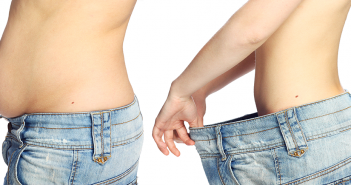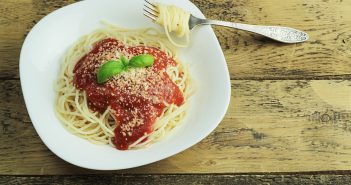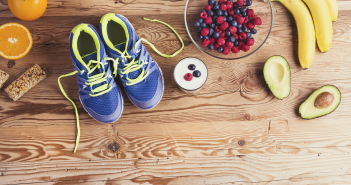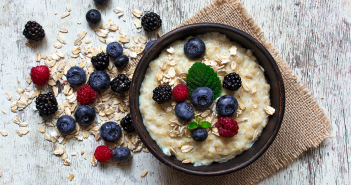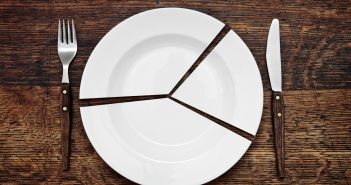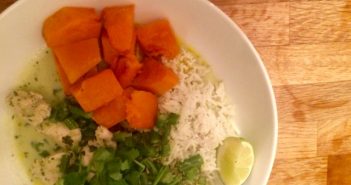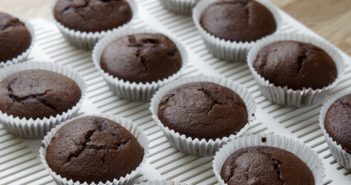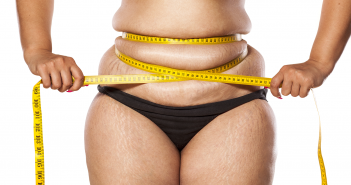
In the past we have been led to believe that losing weight is all about what you eat and how much exercise you do. But actually this is only one element of weight control, and one that fails and frustrates many dieters. Of course there may be medical conditions that pertain to weight gain, such as an underactive thyroid, and lifestyle factors such as stress and sleep play a part, but we are now beginning to understand that our digestive systems are key when it comes to our ability to lose weight.

